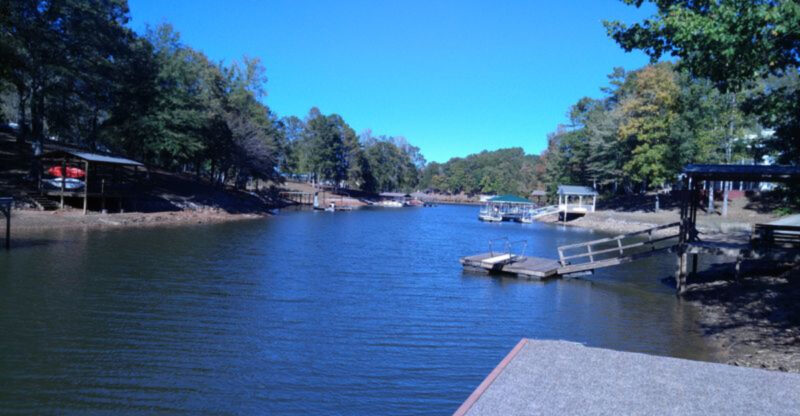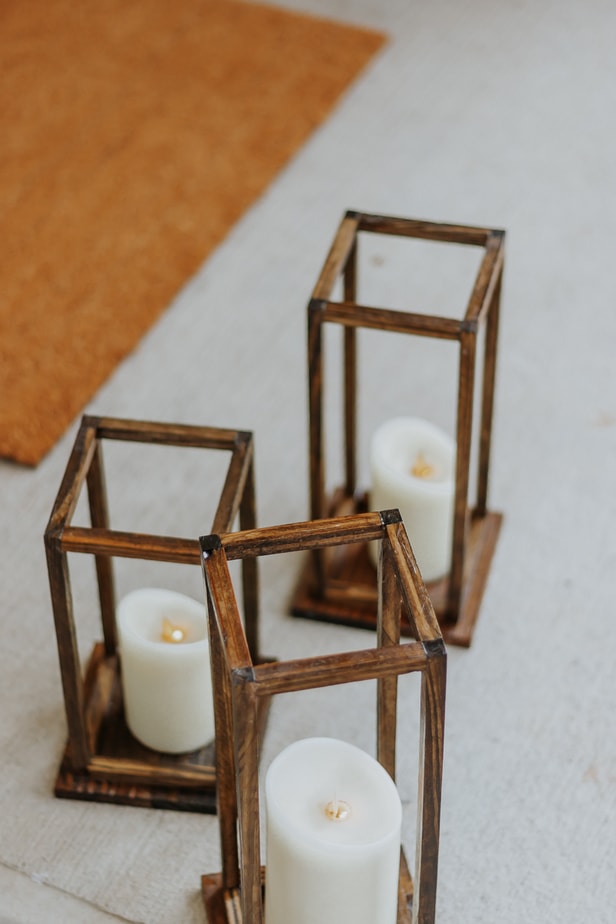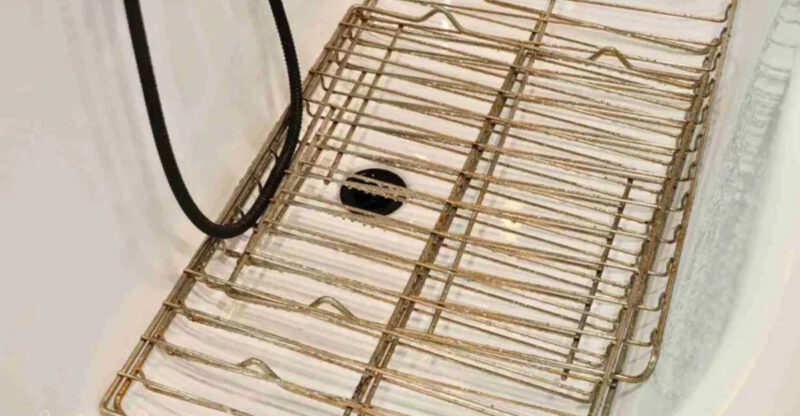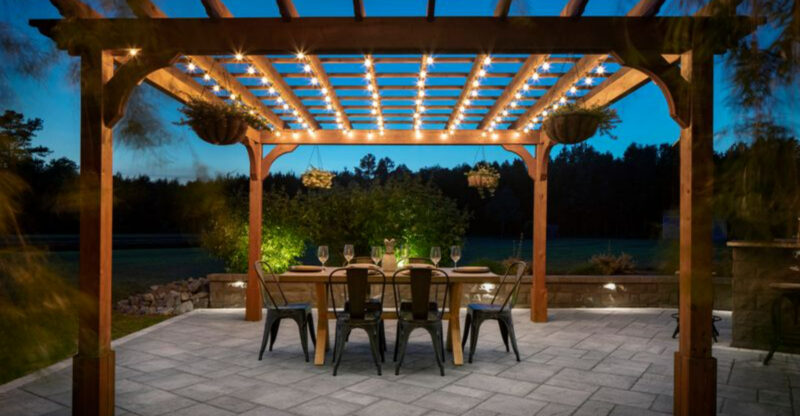13 Oklahoma Homes That Won’t Stand The Test Of Time Beyond 2030
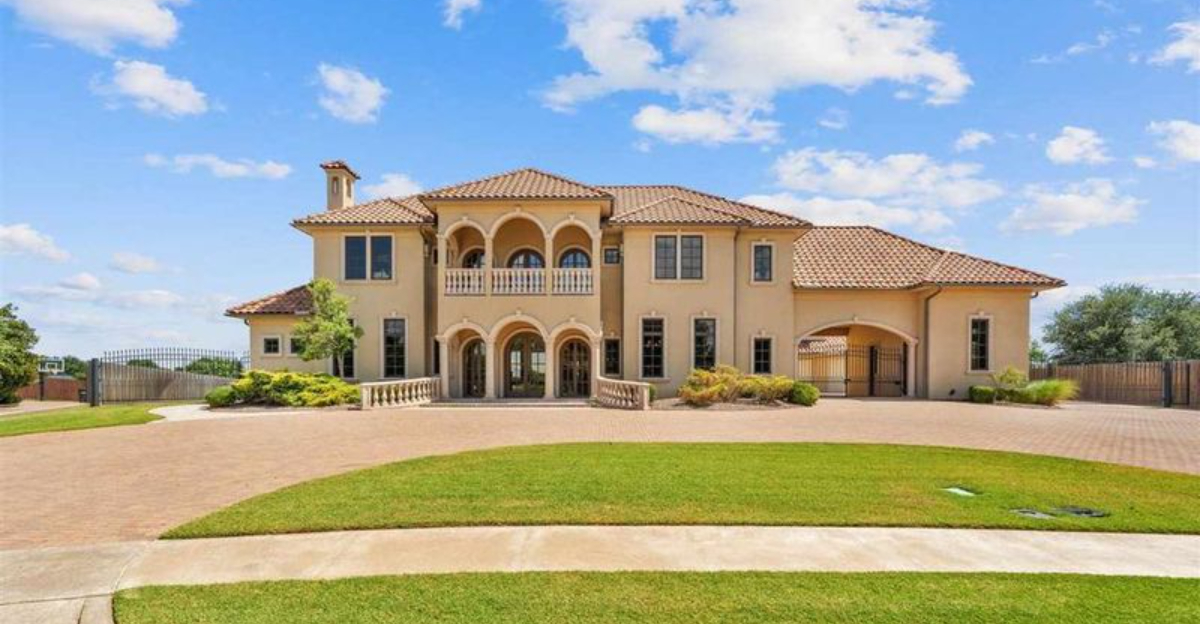
Some Oklahoma homes are built to last, and others are barely holding on through the next windstorm.
Between outdated exteriors, questionable materials, and styles that peaked sometime around the invention of dial-up internet, certain homes are aging fast. They’re going quicker than unrefrigerated potato salad at a July cookout.
We’re talking about the kinds of houses that might survive a tornado, but not a buyer with taste. Let’s take a look at the home styles that may not make it past 2030 without a serious glow-up.
1. Excessive Faux Brick Eyesores
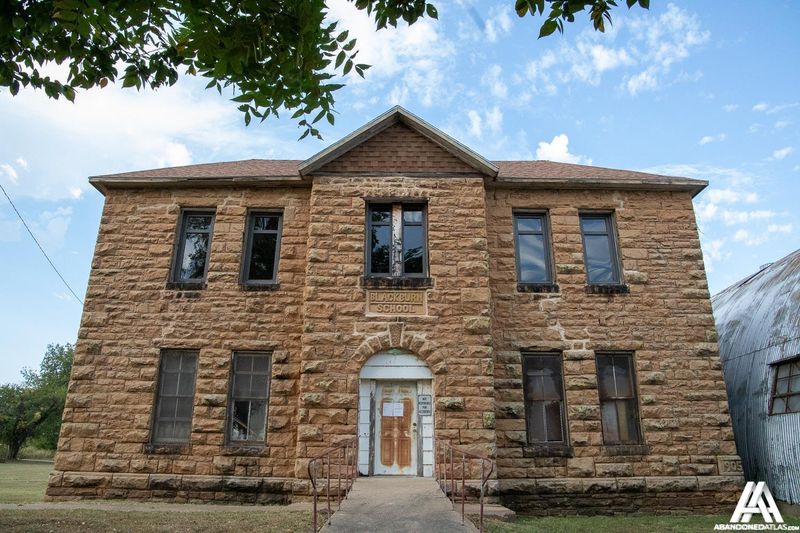
Fake brick siding has overstayed its welcome! Those plastic panels with printed brick patterns fooled nobody, especially after Oklahoma’s harsh sun exposure revealed their true colors.
Homeowners installed these thinking they’d get brick durability without the cost. Now they’re peeling, fading, and warping throughout neighborhoods from Tulsa to Lawton.
The material simply cannot withstand our extreme weather cycles. Modern alternatives like fiber cement and authentic thin brick veneer have rendered these imposters obsolete.
2. Character-Free McMansions
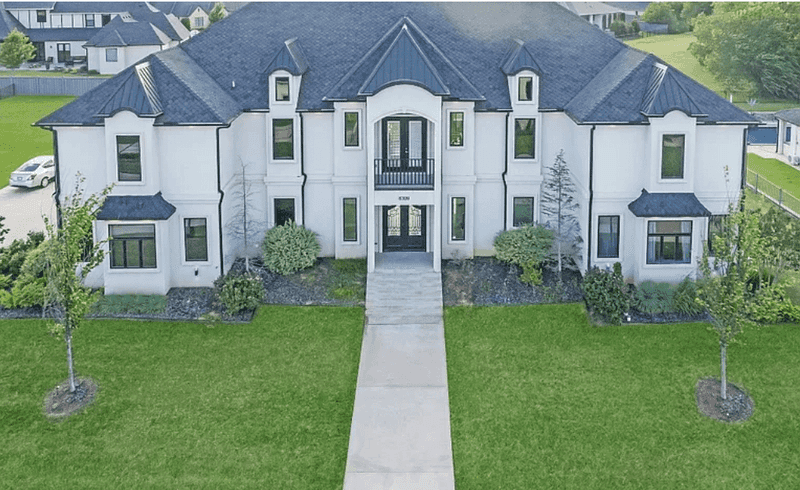
Here is proof that bigger isn’t always better! These massive homes with mismatched architectural elements sprouting across Oklahoma suburbs lack any coherent design language.
Towering entryways lead to oddly proportioned rooms. Random rooflines create impossible-to-maintain valleys where ice dams form every winter. Their hastily constructed facades already show premature aging.
Most egregious are the fake dormers that don’t correspond to actual rooms and the vinyl siding that warps in our temperature extremes. These oversized boxes will be renovation nightmares for future buyers.
3. Bloated Colonial Revival Monsters
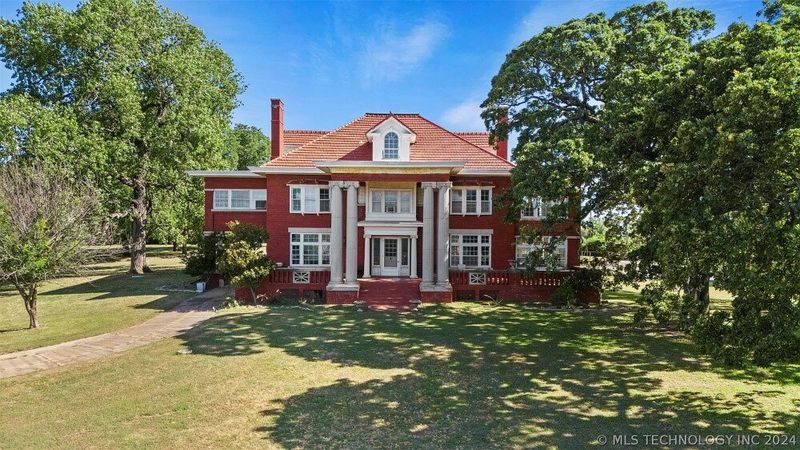
Ever wondered why some oversized Colonial homes in Oklahoma feel more like costume parties than classic charm?
Authentic Colonial architecture shines with balanced symmetry and modest footprints. However, today’s supersized versions miss the mark with cavernous foyers and columns so grand they’d make Monticello blush.
Add in white vinyl siding that yellows faster than a summer heatwave. Meanwhile, those impressive shutters are purely decorative, and way too small to actually cover the windows they flank.
4. Stone Veneer Gone Wild
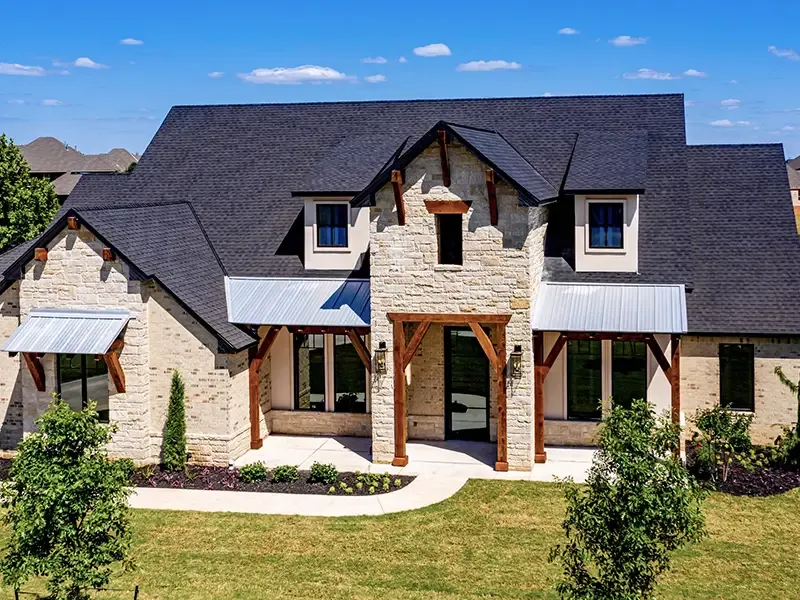
Stone veneer starts as an elegant accent but quickly becomes gaudy when plastered across entire facades. Oklahoma builders went stone-crazy in the 2000s, creating homes that look like medieval fortresses plopped onto suburban lots.
The thin, manufactured stone rarely matches our native Oklahoma rock. Worse yet, improper installation means many homes now show water damage where moisture penetrated behind the veneer.
Heavy rains loosen adhesives, causing sections to detach completely. The style screams early-2000s excess rather than timeless architecture.
5. Giant Ranch Homes Stuck In Time
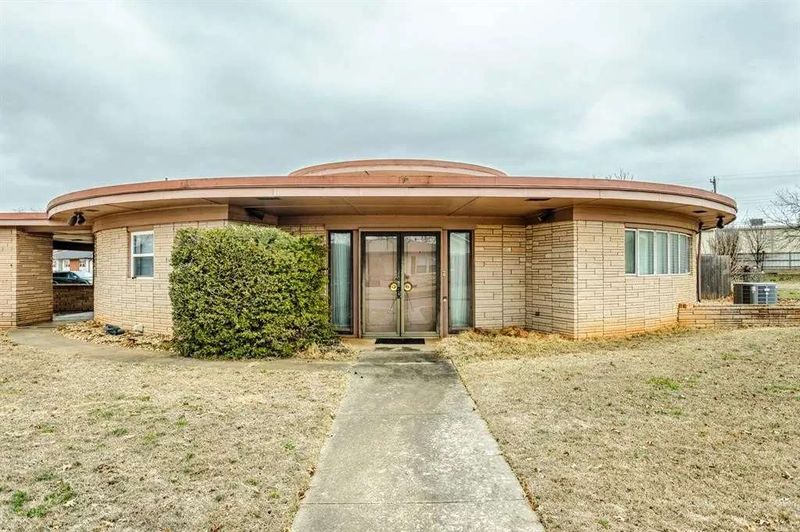
Ranch homes originated as practical, single-level living. However, Oklahoma’s supersized versions sprawl inefficiently across lots with dated features like sunken living rooms and conversation pits.
Their long, low-slung profiles require excessive heating and cooling in our extreme climate. The characteristic ranch layout with separated living spaces contradicts today’s preference for open, multifunctional rooms.
Many sport brown brick exteriors with dark wood trim that absorbs heat mercilessly during summer months. Their compartmentalized floor plans feel claustrophobic to younger buyers accustomed to flowing spaces.
6. Time-Capsule Cape Cod Homes
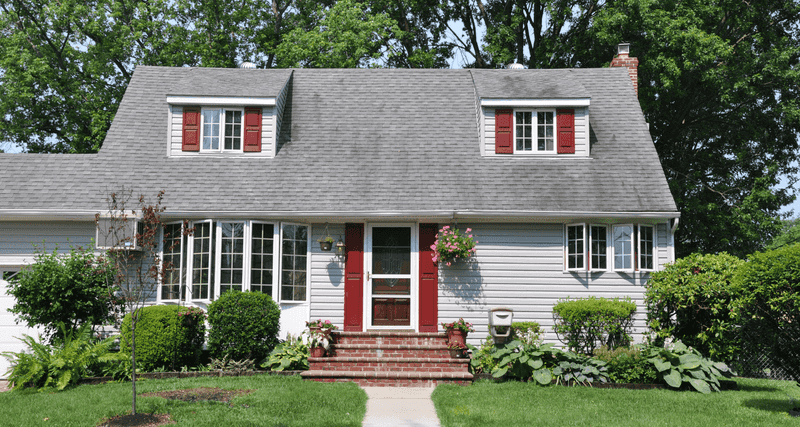
Cape Cod homes seem charmingly quaint until you live through an Oklahoma summer in one! These New England transplants were designed for northeastern weather, not our scorching heat.
Their characteristic small windows and low ceilings trap hot air mercilessly. The half-story upstairs bedrooms with slanted ceilings become unbearable during July and August without extensive HVAC modifications.
Most Oklahoma Capes feature outdated details like wood paneling, tiny closets, and cramped bathrooms that modern families find impractical. Their compact footprints clash with contemporary expectations for spacious living.
7. Mid-2000s Neo-Colonial Monstrosities
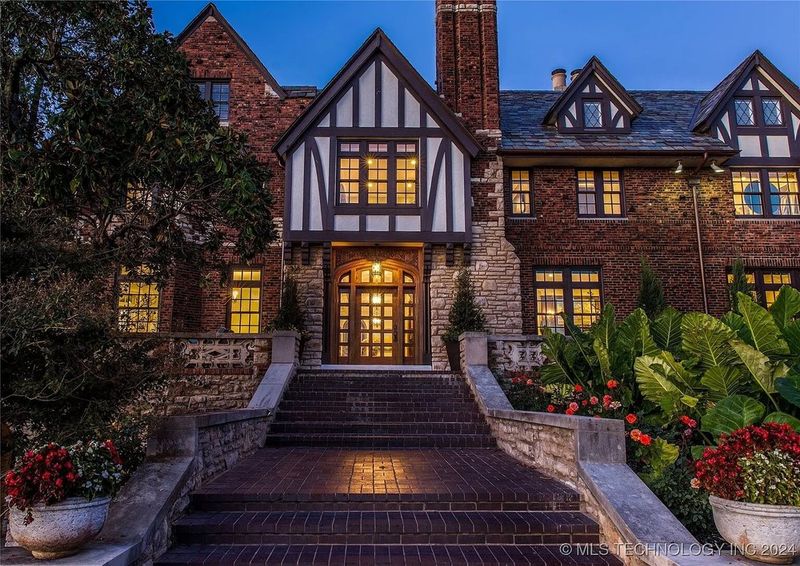
Nothing screams ‘housing bubble excess’ quite like these behemoths! Built during the mid-2000s construction boom, these homes combine Colonial elements with whatever other styles the builder fancied.
Their massive footprints house formal dining rooms and living areas that modern families rarely use. Energy bills skyrocket with their soaring two-story entryways and poor insulation standards from that era.
Cheap builder-grade finishes now show their age through yellowing vinyl windows, fading faux marble countertops, and those ubiquitous honey oak cabinets. Their massive scale makes renovations prohibitively expensive.
8. Heavy Mediterranean Exteriors
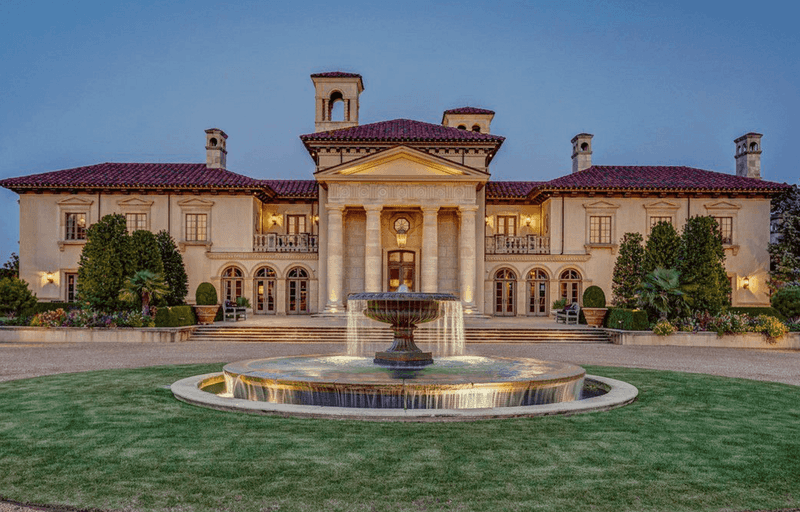
Oklahoma’s climate bears little resemblance to the Mediterranean, yet builders embraced this style wholeheartedly in wealthy neighborhoods. Those heavy stucco exteriors, arched windows, and red tile roofs look increasingly out of place.
The dark, heavy trim details collect dust and cobwebs in our windy conditions. Ornate wrought iron features rust quickly in our humid summers and freeze-thaw cycles.
Maintenance costs soar as specialized repairs become necessary for crumbling stucco and broken clay tiles. Meanwhile, the style’s inherent darkness contradicts our current preference for light-filled, airy interiors.
9. Over-The-Top Tuscan Villas
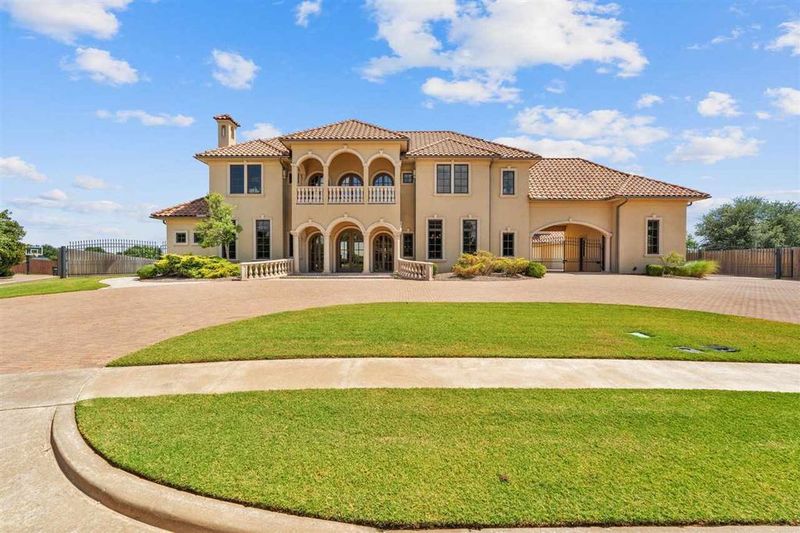
Remember when everyone wanted to live like Italian nobility in Oklahoma? Those massive faux-Mediterranean mansions with terracotta everything and ornate columns now look hilariously out of place amid our prairie landscape.
The ochre paint jobs fade unevenly under our relentless sun. Their oversized fountains and decorative balustrades require constant maintenance that few owners anticipated.
While authentic Tuscan architecture evolved over centuries to suit Italian climate, these Oklahoma knockoffs clash spectacularly with our tornadoes, ice storms, and humidity.
10. Cartoonish Tudor Revivals
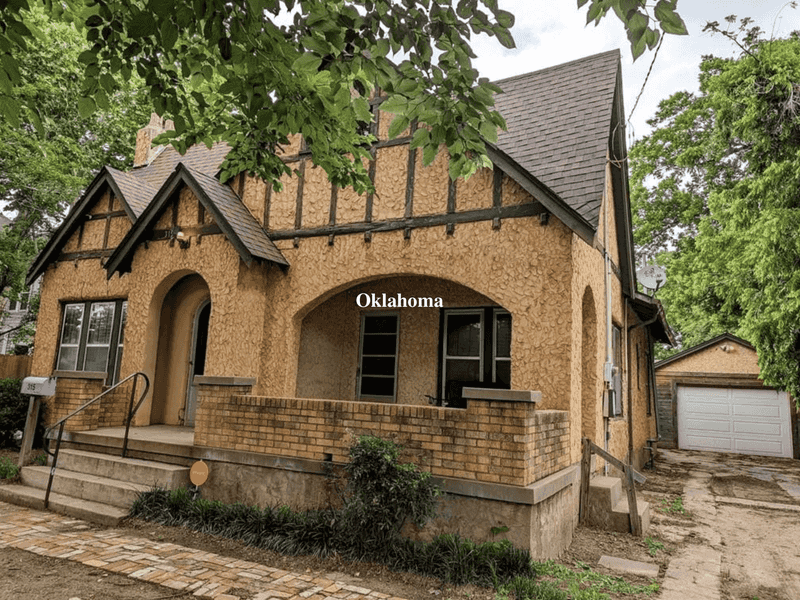
Tudor homes originated in medieval England, not 1990s Oklahoma! Yet developers built countless exaggerated versions with comically steep roof pitches and fake half-timbering stuck onto suburban homes.
The dramatic black-and-white contrast of these facades dates them instantly. Their small, leaded windows restrict natural light and views while providing poor insulation against Oklahoma’s temperature extremes.
Authentic Tudor homes featured handcrafted details and solid construction. Our mass-produced versions use flimsy materials that haven’t aged well, with decorative timbers warping and pulling away from stucco backgrounds.
11. Cookie-Cutter Suburban Boxes
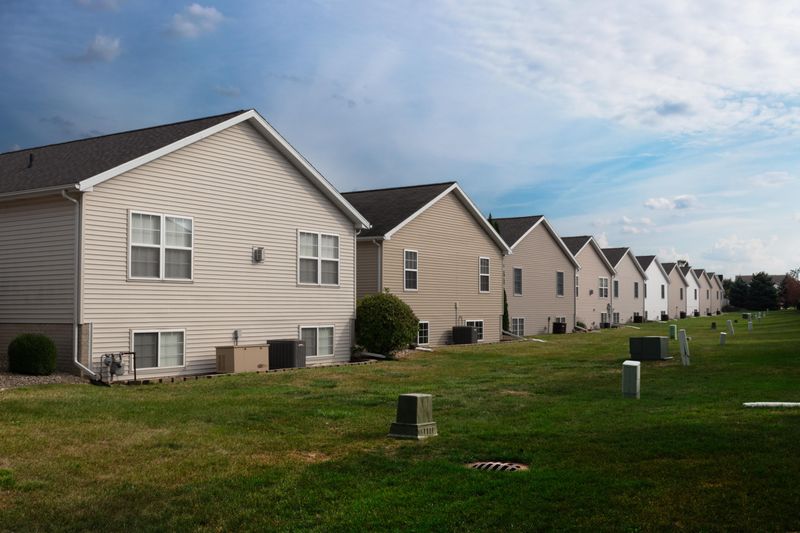
Developers maximized profits by building identical homes on tiny lots throughout Oklahoma’s expanding suburbs. These boxy structures with minimal architectural detail already look tired and generic.
Their uniform appearance creates visually monotonous neighborhoods where finding your own house becomes a challenge! The cheap vinyl siding warps in our extreme temperature swings, while builder-grade windows fail long before their expected lifespan.
Inside, the cookie-cutter floor plans feel cramped and dated with awkward room proportions. Their lack of character makes them increasingly difficult to sell as buyers seek homes with distinctive personalities.
12. Over-Embellished Victorian Facades
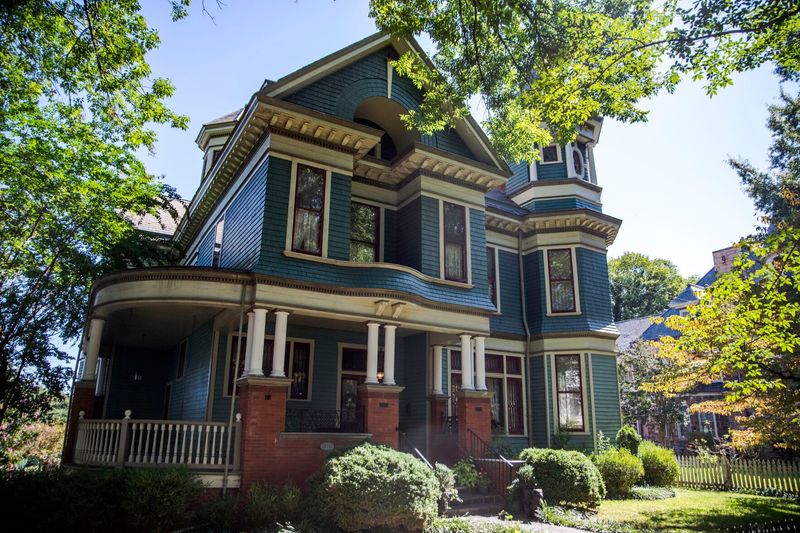
Victorian architecture requires meticulous craftsmanship that mass production simply cannot deliver. Oklahoma’s reproduction Victorian homes feature factory-made plastic “gingerbread” trim that cracks and fades rapidly in our harsh climate.
The complicated rooflines create numerous potential leak points. Gaudy paint schemes with five or more colors look desperate rather than authentic, especially as they fade unevenly.
Maintenance becomes a nightmare with all those ornate details collecting dust, spider webs, and wasp nests. These homes represent a caricature of Victorian style rather than a thoughtful adaptation to Oklahoma’s environmental conditions.
13. Flimsy Faux-Farmhouse Exteriors
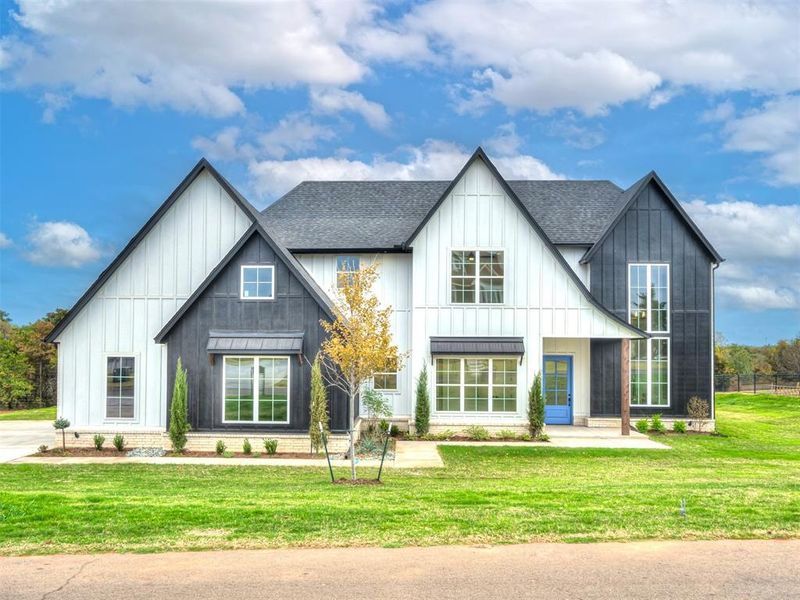
Thanks to certain TV designers, Oklahoma neighborhoods now feature countless homes with cheap board-and-batten siding slapped onto standard suburban boxes. This trendy farmhouse look already shows its age with warping panels and failing adhesives.
The black window frames that defined this style fade to patchy gray under our intense sun. Those decorative sliding barn doors serve no practical purpose while collecting dust on their exposed hardware.
Most egregious are the mixed materials, stone bases with vertical siding above, that create problematic transition points where moisture intrudes. This trend will date these homes more quickly than avocado appliances did in the 1970s.

